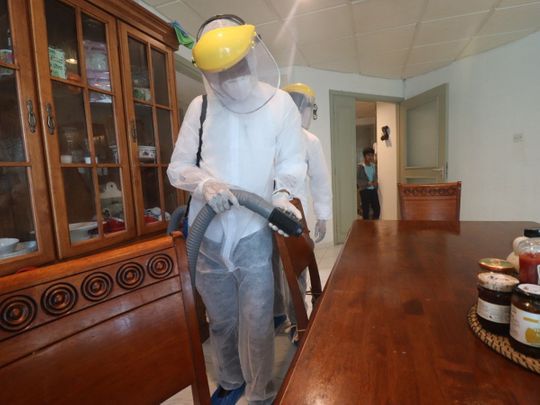
DUBAI: Most UAE residents are familiar with pest control. They also know what the daily grind of cleaning entails - from sorting and dusting to vacuuming and mopping. But the buzzword in the country today is disinfection – thanks to coronavirus.
As pest control services and cleaning companies report a sharp rise in demand for disinfection services not just in public spaces and offices but across homes too, Gulf News scratched the surface to find out what the process involves.
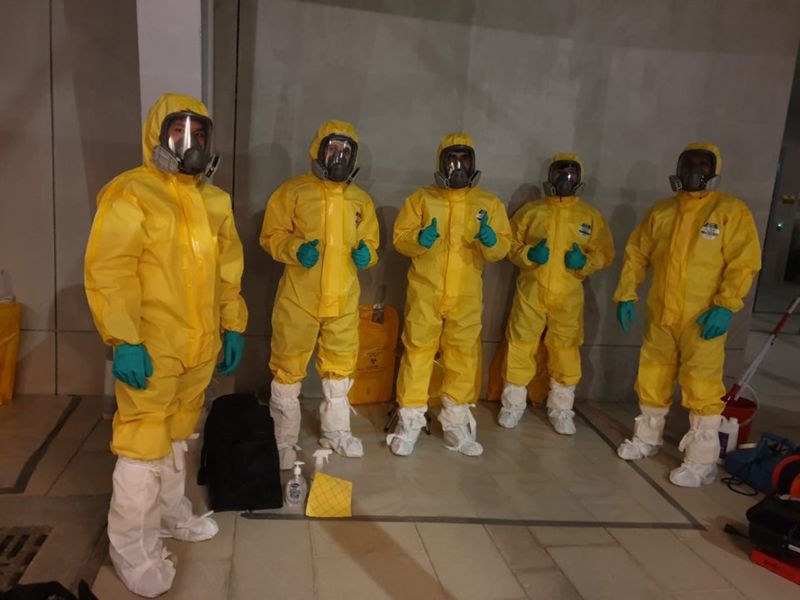
Just how different is disinfection from regular cleaning? How does it work against the coronavirus? How long is it effective for? And can residents do it by themselves – or is enlisting a professional service necessary?
Disinfection is not the same as regular cleaning
“Very simply put, disinfection targets disease-causing pathogens while cleaning removes dirt and grime,” explained Dinesh Ramachandran, technical and health, safety and environment (HSE) manager at Dubai-based Rentokil Middle East, which has a dedicated frontline team to undertake COVID-19 disinfection services.
He said a typical disinfection process involves two steps: misting of the target space and wiping down common touch surfaces like door knobs and handles, light switches, computer keyboards, television remotes, toilet seats, faucets, sinks and the like.
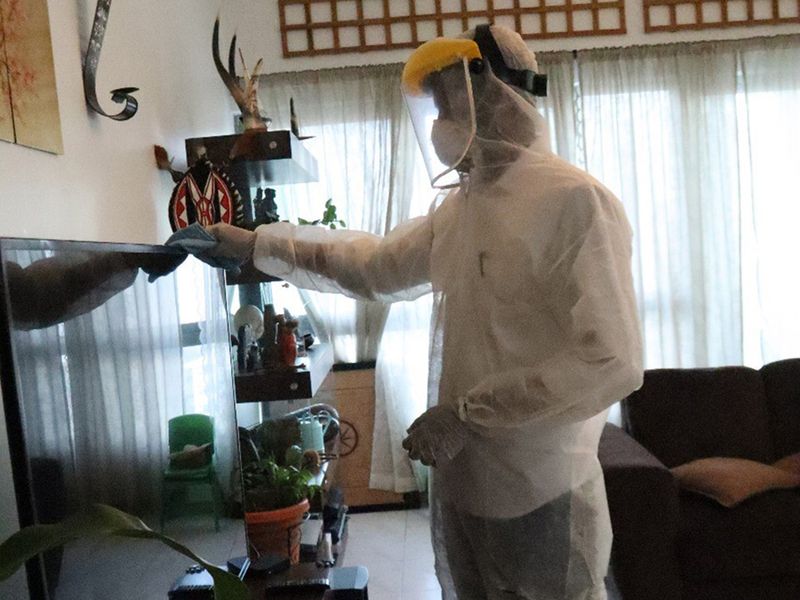
According to Sha Bin Sha, director of Clairvoyant Facility Management Services in Dubai, which caters to around 100-150 homes every week, disinfecting is a 360 degree process, unlike cleaning.
How it works
Cleaning removes germs, dirt and impurities from surfaces or objects usually by using soap (or detergent) and water. This process does not necessarily kill germs, said a spokesperson for Justmop cleaning service, which has seen a 60 per cent jump in demand for disinfection across homes in May.
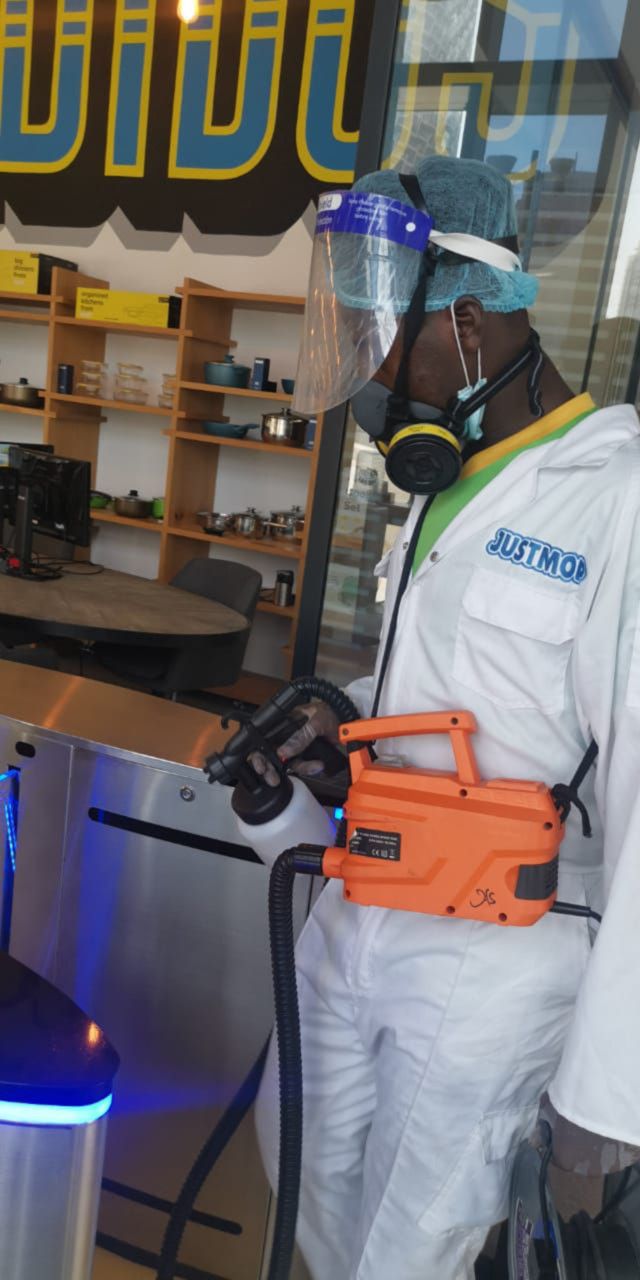
Disinfection, in contrast, kills microorganisms on surfaces or objects and works by using chemicals or antimicrobial products. “Hence, it lowers the risk of spreading infection. This process does not necessarily involve cleaning dirt, that’s why a general cleaning before the disinfection process is highly recommended to maximise the effectiveness of the process.”
The actual solution
As Justmop let on, the sanitisation solution is a mixture of water and disinfectant and is safe to use around children, pets and on all surface types. The disinfectant used (Vital oxide and Bacoban for instance) is EPA registered and Dubai Municipality approved. The hospital-grade disinfectant is capable of killing 99.999 per cent of bacteria and viruses.
Ramachandran said the misting involves the use of a ULV machine which sprays the diluted disinfectant. “Commercial disinfectants are manufactured and tested against a range of diseases causing pathogens, including viruses. A number of compounds are used, and they are all approved by the Dubai Municipality. Similarly, approved antiseptic solutions are applied on a soft micro-fibre cloth which is then used to wipe down surfaces. Sometimes, the disinfectant is directly sprayed on the surface.”
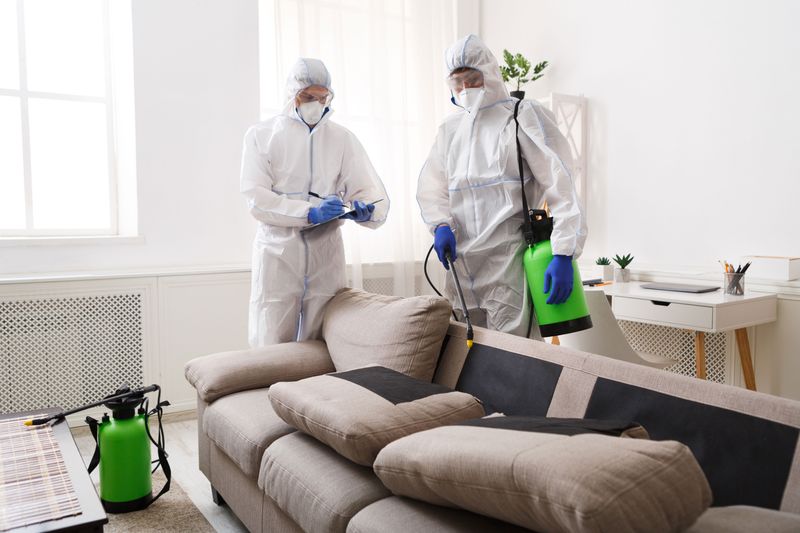
He said the key is to leave the disinfectant on the surface for the required “contact time”. This could range from one to five minutes, depending on the product. Otherwise it is of little use. Ramachandran said the two-step process could sometimes become three-pronged with an enhanced wipe down becoming necessary.
According to the Environmental Protection Agency (EPA), chemical disinfectants only work if surfaces have been thoroughly cleaned first to remove grease and other dirt. Similar to the EPA, the Food Standards Agency (FSA) says germs can hide underneath dirt and other material on surfaces, so it is important to clean surfaces first and then disinfect, recommends Just Mop.
COVID-19 protocol
Besides the general precautionary levels of disinfection, there is separate protocol that is followed to disinfect homes with COVID-19 patients or even suspected cases.
“To begin with, selected team members who are under the age of 40 and do not have any medical conditions are trained on risk assessment, method statements and standard operating procedures to carry out precautionary and specialised disinfection services,” said Ramachandran.
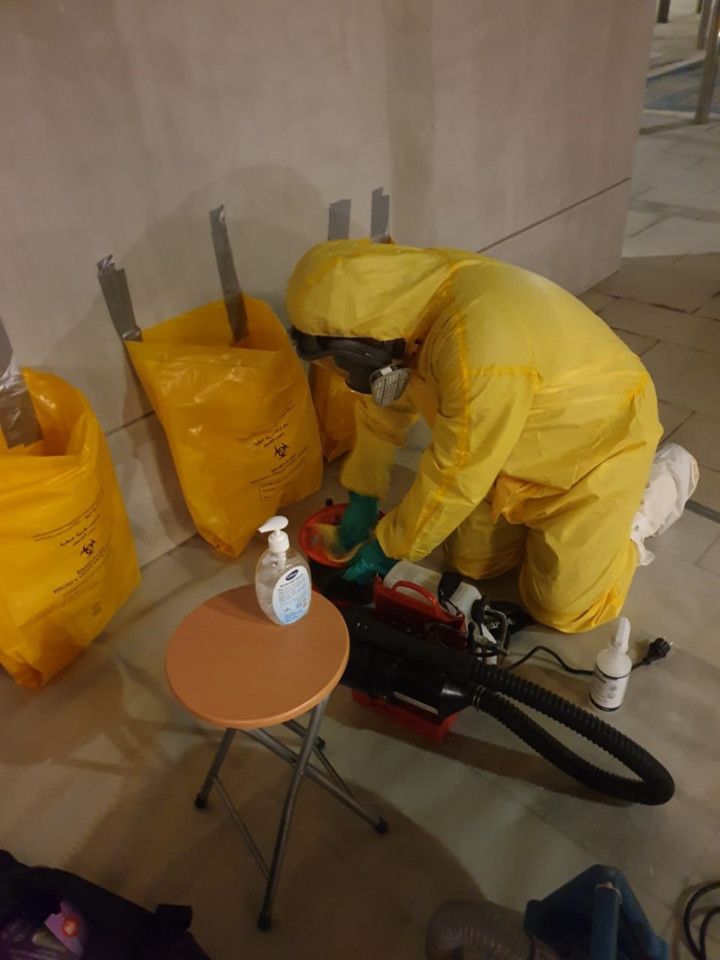
Among other things, the team is required to set up a “clean area” outside the confirmed site. This is where the frontline technicians change into their personal protective equipment (PPE). Six feet away, closer to the site of the confirmed case, a “quarantine area” is set up for the technicians to be able to disinfect themselves when they come out of the site.
Ramachandran said all the waste that is collected from the site must be put into a biohazard waste bag and disposed off by a bio-waste disposal contractor. Even the protective gear that the staff wear is bio-hazard-approved.
Sha Bin Sha said unlike regular cleaning, disinfection requires that the staff wear PPE, which includes not just masks and gloves but also disposable gowns and closed shoes. “If they have to undertake a procedure that requires washing, they have to wear a face shield and an impermeable apron too,” he added.
Duration and cost of treatment
The duration and cost of a disinfection treatment depends on the size of the apartment or villa that is covered. Justmop said a two-bedroom apartment could take around 30 minutes, with prices starting from Dh299, while Clairvoyant said their prices start at Dh249 for a two-bedroom apartment.
Although wiping down a surface can kill up to 99.99 per cent of the microorganisms, how long that remains effective is a subject of debate.
“Some lab trials claim they are effective for up to 30 days. Some products are effective for 24 hours, others seven-10 days and yet others for up to a month – it depends on a number of factors,” said Ramachandran, adding that disinfection needs to be done at least once or twice a week to be effective.
Do-It-Yourself (DIY) disinfection
Given the cost factor, enlisting a professional service may not always be possible or practical. So it is also recommended that residents make it a habit to regularly wipe down high contact and common touch points at home with simple, approved over-the-counter disinfectants. It should become a part of the regular housekeeping process.
Sha Bin Sha said, “To begin with, it is important to identify the high risk areas in your home depending on where you meet your visitors, whether it the delivery boys at the main door or friends and family in the living room. Accordingly, these areas must be disinfected after every visitor leaves. It is not enough to wear a mask or gloves when you collect a home delivered package, you need to wipe the door bell, door handle and the area where the visitor was. Similarly, if you have any people in your living room, make sure all the surfaces they came in touch with are disinfected after they leave.”
Dos and don’ts:
Justmop has the following recommendations to take into consideration while getting your home disinfected.
• Do a round of cleaning right before the disinfection, and not after.
• All food left outside should be covered and placed in the fridge or inside cupboards during disinfection.
• Al windows and doors should be closed and AC turned off during the process as well as 15-20 minutes after the sanitisation session is completed








